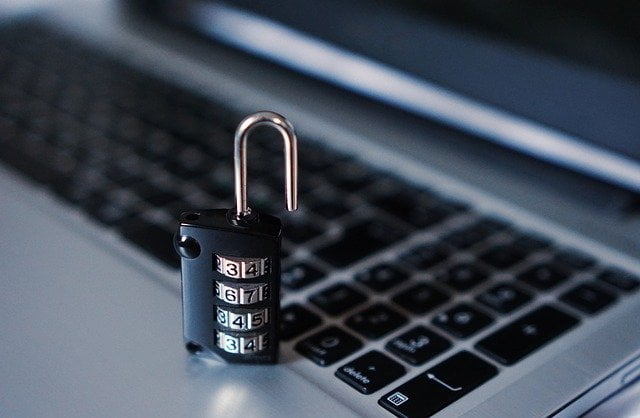 Without a doubt, COVID-19 has accelerated digital business transformations around the globe and has forced us to completely rethink our cybersecurity practices. The workplace has become increasingly decentralized over the past year or so, and as such, we are now seeing a coinciding increase in cyberattacks as we continue to rely more heavily on digital and cloud-based services.
Without a doubt, COVID-19 has accelerated digital business transformations around the globe and has forced us to completely rethink our cybersecurity practices. The workplace has become increasingly decentralized over the past year or so, and as such, we are now seeing a coinciding increase in cyberattacks as we continue to rely more heavily on digital and cloud-based services.
This, in turn, has created a host of new cybersecurity challenges and trends for 2021 as cybercriminals continue to take advantage of the many vulnerabilities that have been created during this transition period.
Read on to find out about key cybersecurity trends and challenges to look out for in 2021
Trends/Challenges
Greatly Increased Attack Surface
One of the consequences that we have seen from our reliance on digital services has been that we are storing more data online than ever – A recent Cybersecurity Ventures report indicates that the world will store more than 200 zettabytes of data by 2025.
This greatly increased attack surface can be attributed to the many digital transformations currently underway in many organizations around the world. This rapid shift towards remote work models have essentially created millions of miniature, connected offices that lack the enterprise-grade security controls that are a staple in most offices. As such, this has created an environment where a cybercriminal can potentially breach an organization with significantly less effort than before.
Similarly, the proliferation of the Internet of Things (IoT) devices have also contributed to the greatly expanded attack surface that we are seeing. With an estimated 50 billion devices being used around the globe, each one serves as a potential target for a would-be cybercriminal.
Ransomware as the Weapon of Choice
Although ransomware has been around for nearly two decades now, it has only recently begun to surge in popularity as cybercriminals look to take advantage of the unique working conditions imposed by COVID-19. Additionally, we are also seeing the ransomware tools evolve to become more sophisticated in phishing exploits while also incorporating machine learning and coordinated sharing on dark web forums. To make matters more complicated, attackers are now demanding payment in cryptocurrency, which has made it nearly impossible to trace where the attack has come from.
Attacks on Critical Infrastructure
One of the most troublesome trends that we are seeing in 2021 is the explosion in threats targeted towards government institutions and critical infrastructure. These attacks have the potential to directly affect the lives of millions of people, demonstrated by the fuel shortages caused by the Colonial Pipeline attack earlier this year.
Unfortunately, most critical infrastructure in the United States is still running legacy systems that were not designed to protect against cyber-attacks, with the energy sector standing out as being particularly vulnerable.
Mitigation Strategies
Conduct a Risk Assessment
For almost any cybersecurity strategy, a risk assessment should be the first step as it provides a proper inventory of any organizational devices or assets. Make sure to document and analyze each asset in your organization along with their potential vulnerabilities and associated impact. This will help you find the assets that need protecting and identify any gaps in your network.
Identity First-Security
In an environment where employees can access company data from basically anywhere through a multitude of different devices, traditional perimeter-based systems are simply no longer adequate. As such, we are seeing a shift towards identity-first security by focusing more heavily on identifying and verifying users, machines and services before granting access. This shift towards identity-first security can ultimately take on a few different approaches, including the implementation of solutions like Multi-factor authentication (MFA), identity & access management (IAM), and zero trust principles.
Implement Endpoint Security
Almost 70% of all cybersecurity incidents in 2021 started at the endpoint level, meaning that it is critical that you have effective endpoint security in place to ensure that they are adequately protected. The best way to implement endpoint security is through an Endpoint Detection & Response (EDR) solution, which is an integrated endpoint security solution that collets and monitors endpoint data in real-time to proactively detect and respond to incidents before they occur.
Partner with a Managed Security Services Provider
Recently, we have seen cyber threats grow in frequency while also increasing in terms of complexity and sophistication. Keeping up with the latest security tools and techniques can often be a very difficult and resource-intensive task, and so it might be worth considering a partnership with a Managed Security Services Provider (MSSP) like Stratejm, who can provide their knowledge and expertise to manage your enterprise security for you.
